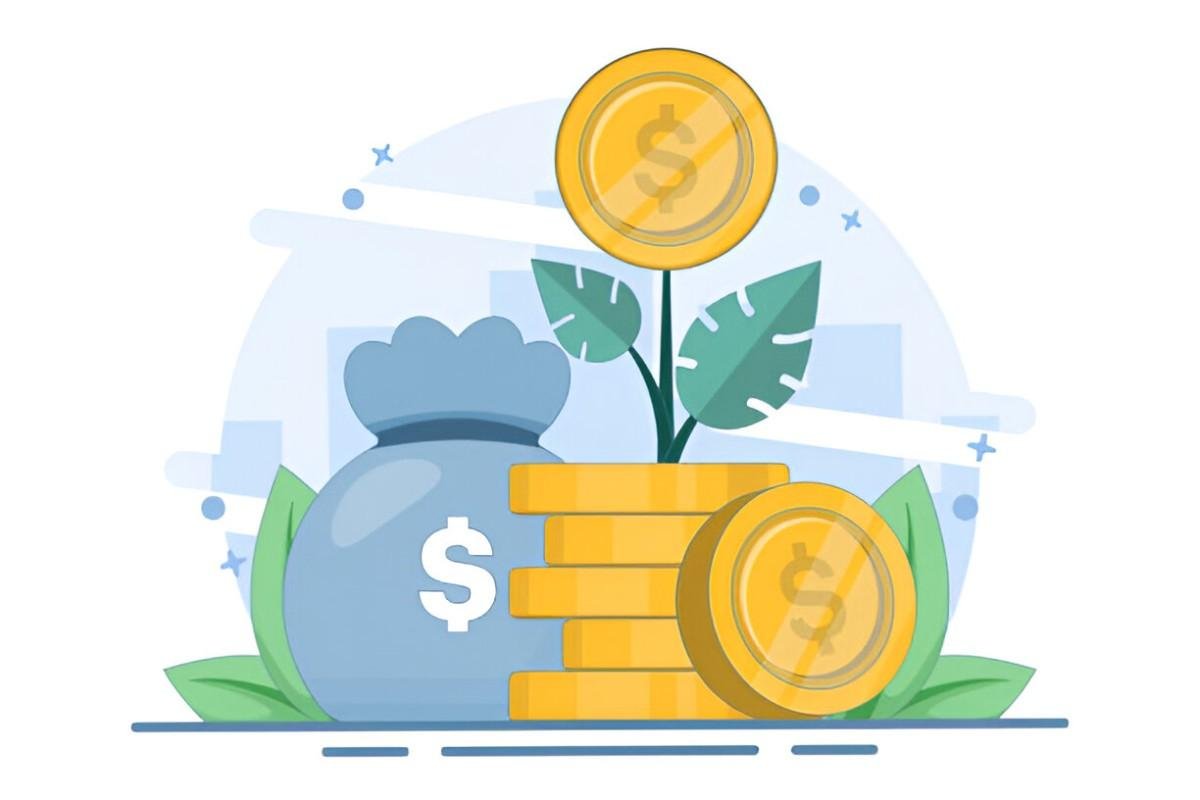Real estate investment offers one of the most stable and lucrative ways to build long-term wealth. Among the many strategies available, land banking stands out as a unique approach that often goes overlooked. Unlike flipping houses or renting out properties, land banking focuses on acquiring undeveloped land with the expectation that its value will appreciate over time. In this guide, I’ll break down how land banking works, why it can be a powerful investment tool, and how you can get started—even if you’re a complete beginner.
Table of Contents
What Is Land Banking?
Land banking is the practice of purchasing raw land and holding it for future development or resale. Investors buy parcels of land in areas expected to grow due to urbanization, infrastructure projects, or economic expansion. The goal is simple: buy low, hold, and sell high when demand increases.
Unlike developed real estate, land doesn’t generate immediate income (no rent or lease payments), but it also has lower carrying costs (no maintenance, property taxes are often minimal). The real profit comes from strategic location selection and patience.
Why Land Banking Works
- Scarcity of Land – They aren’t making more of it. As Mark Twain famously said, “Buy land, they’re not making it anymore.” Urban sprawl and population growth drive demand for undeveloped land near expanding cities.
- Lower Entry Costs – Raw land is typically cheaper than developed property, making it accessible for new investors.
- Tax Advantages – Property taxes on undeveloped land are often lower, and in some cases, tax incentives exist for long-term holdings.
- No Maintenance Hassles – Unlike rental properties, land doesn’t require repairs, tenants, or management.
How to Evaluate Land for Investment
Not all land is equal. Before purchasing, I consider several key factors:
1. Location and Future Growth Potential
The most critical factor is location. I look for:
- Proximity to expanding urban areas – Land near growing cities is more likely to appreciate.
- Zoning laws – Local regulations determine what can be built. Residential, commercial, or agricultural zoning affects value.
- Infrastructure developments – New highways, schools, or business hubs nearby can dramatically increase land value.
2. Accessibility and Utilities
Land without road access or utilities (water, electricity, sewage) is harder to develop. I prefer parcels with:
- Easement rights (legal access through another property if needed).
- Existing utility hookups or feasible installation costs.
3. Market Demand
I research local real estate trends. If developers are buying nearby land, it’s a good indicator of future demand. Websites like Zillow, Redfin, and county records help track sales activity.
4. Price vs. Potential Return
I use a simple formula to estimate future value:
Future\ Value\ (FV) = Current\ Price \times (1 + Annual\ Appreciation\ Rate)^{Years\ Held}For example, if I buy land for $50,000 in an area with an expected 5\% annual appreciation, the value in 10 years would be:
FV = 50,000 \times (1 + 0.05)^{10} = 50,000 \times 1.6289 \approx 81,445This doesn’t account for inflation or external market shifts, but it provides a baseline.
Financing Your Land Investment
Unlike mortgages for homes, financing raw land can be trickier. Here’s how I approach it:
1. Cash Purchase
The simplest method. If I have the capital, I avoid loan complications.
2. Land Loans
Some banks and credit unions offer land loans, but terms are stricter:
- Higher down payments (20-50\%).
- Shorter repayment periods (5-15 years).
- Higher interest rates than traditional mortgages.
3. Seller Financing
Some landowners offer direct financing, allowing me to pay in installments. This can be flexible but requires a solid contract.
4. Home Equity Loans
If I own other property, I might use a HELOC (Home Equity Line of Credit) to fund the purchase.
Risks and Mitigation Strategies
Land banking isn’t risk-free. Here’s what I watch out for:
1. Illiquidity
Land doesn’t sell as quickly as houses. If I need cash fast, I might have to sell at a discount.
Mitigation: Only invest money I won’t need for 5-10 years.
2. Zoning Changes
Local governments can rezone land, affecting its value. A parcel zoned for residential use today might be redesignated as conservation land tomorrow.
Mitigation: Check master plans and attend local zoning meetings.
3. Environmental Issues
Wetlands, flood zones, or contaminated soil can make land unusable.
Mitigation: Conduct a Phase I Environmental Site Assessment (ESA) before buying.
4. Property Taxes and Holding Costs
While generally low, taxes can add up over time.
Mitigation: Factor annual costs into my investment model.
Case Study: A Successful Land Banking Strategy
Let’s say I buy 5 acres near Austin, Texas, for $100,000. Over the next decade, Austin’s population grows, and a new tech hub is announced nearby. Demand for housing increases, and developers seek land.
- Initial Investment: $100,000
- Holding Period: 10 years
- Annual Appreciation: 7\%
- Future Value:
After 10 years, I sell for nearly double the purchase price.
Comparing Land Banking to Other Real Estate Strategies
| Strategy | Pros | Cons | Best For |
|---|---|---|---|
| Land Banking | Low maintenance, high upside | Illiquid, no cash flow | Patient investors |
| Rental Properties | Steady income, tax benefits | High maintenance, tenant issues | Hands-on investors |
| House Flipping | Quick profits | High risk, market-dependent | Experienced renovators |
| REITs | Liquidity, diversification | Lower control, fees | Passive investors |
Final Thoughts
Land banking isn’t a get-rich-quick scheme—it’s a long-term play. I see it as planting a financial seed and waiting for it to grow. The key is research, patience, and strategic location selection. If I’m willing to hold for years (or decades), the returns can be substantial.





